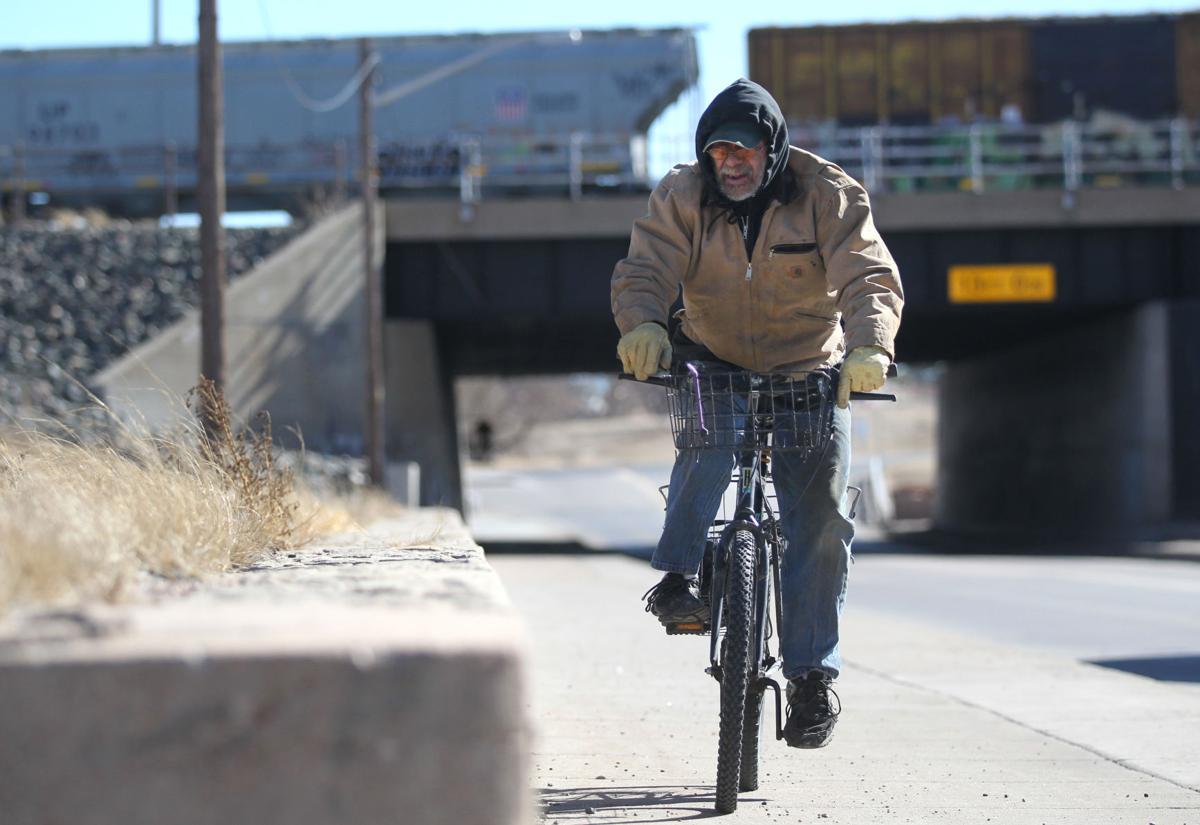Mavic introduced its alloy rims in 1920. Until then, cyclists had two choices in rim material--steel or wood. Most, of course, opted for the latter because it is much lighter.
Interestingly, alloy rims were banned from the Tour de France until 1934, when Antonin Magne rode a pair of Mavics that were painted in wood colors. His secret wasn't revealed, of course, until after he won the race. Then, Mavic duraluminum rims became a staple of the peloton.
As alloy rims became lighter and more durable, other riders, from road racers to tourists, used them because they worked better and lasted longer than wood rims when used with caliper brakes. Track racers, however, don't use brakes and continued to ride wood rims until the 1950s, when they were banned because they tended to shatter--sending splinters flying hither and thither--when crashed. Such mishaps were all the more likely on track wheels, which are tensioned tighter and ridden with the highest-pressure tires.
I have ridden wooden rims and enjoyed their resilient yet responsive ride. I had to wonder, though, how much of that "feel" had to do with the tubular tires that were glued to the rims. (You pretty much have to ride tubulars if you ride wooden rims!) I would never buy them, though, because just about all of my riding these days (even on my fixed gear) is done with brakes and because wooden rims have to be treated with more TLC than metal or carbon-fiber rims.
One thing I haven't seen is a whole wheel made of wood. That is, until I came across this:
Interestingly, alloy rims were banned from the Tour de France until 1934, when Antonin Magne rode a pair of Mavics that were painted in wood colors. His secret wasn't revealed, of course, until after he won the race. Then, Mavic duraluminum rims became a staple of the peloton.
As alloy rims became lighter and more durable, other riders, from road racers to tourists, used them because they worked better and lasted longer than wood rims when used with caliper brakes. Track racers, however, don't use brakes and continued to ride wood rims until the 1950s, when they were banned because they tended to shatter--sending splinters flying hither and thither--when crashed. Such mishaps were all the more likely on track wheels, which are tensioned tighter and ridden with the highest-pressure tires.
I have ridden wooden rims and enjoyed their resilient yet responsive ride. I had to wonder, though, how much of that "feel" had to do with the tubular tires that were glued to the rims. (You pretty much have to ride tubulars if you ride wooden rims!) I would never buy them, though, because just about all of my riding these days (even on my fixed gear) is done with brakes and because wooden rims have to be treated with more TLC than metal or carbon-fiber rims.
One thing I haven't seen is a whole wheel made of wood. That is, until I came across this:




